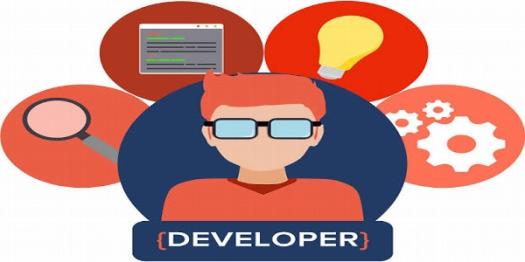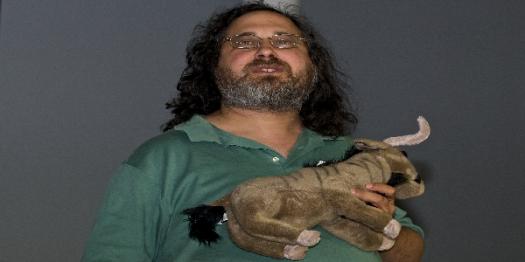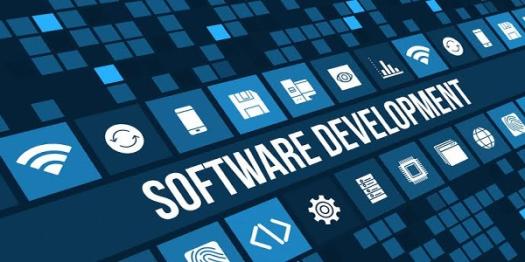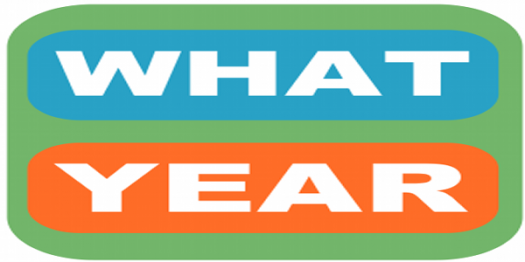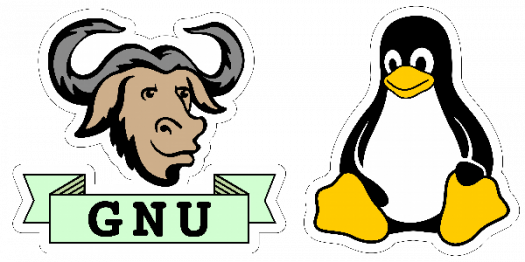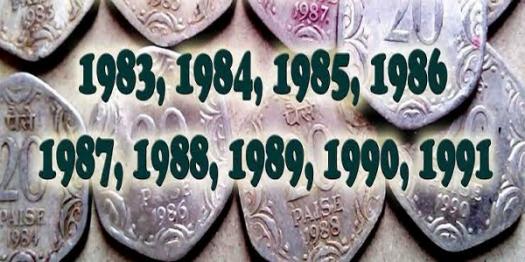What Do You Know About General Public License?

GNU is a set of many programs, applications, libraries, developer tools, and games. It's an operating system that is free software. This means that it respects user freedom. Learn more about GNU and test your current knowledge on this software by answering the questions in the following quiz.
- 1.
What does the acronym GNU stand for?
- A.
GNU's Not Unix!
- B.
GNU's Not Unix-like!
- C.
GNU not Unix
- D.
GNU not Unix-like
Correct Answer
A. GNU's Not Unix!Explanation
The correct answer is "GNU's Not Unix!" The acronym GNU stands for "GNU's Not Unix!" This acronym was chosen to highlight the fact that GNU is not a variant or derivative of the Unix operating system, but rather a completely independent and free software project. The name GNU itself is a recursive acronym, standing for "GNU's Not Unix." This emphasizes the project's goal of creating a Unix-like operating system that is compatible with Unix but not based on it.Rate this question:
-
- 2.
____ is the developer of GNU
- A.
Community
- B.
Isaac Schuleter
- C.
Graeme Rocher
- D.
Ben Alman
Correct Answer
A. CommunityExplanation
The developer of GNU is not a single individual but rather a community of developers who have contributed to the development of GNU software. The GNU project was initiated by Richard Stallman in 1983, and since then it has grown into a global community of programmers, developers, and enthusiasts who collaborate to create free and open-source software. This community-driven approach allows for continuous improvement, innovation, and the sharing of knowledge and resources among its members.Rate this question:
-
- 3.
_____ is the founder of the GNU project
- A.
Richard Stallman
- B.
Matei Zaharia
- C.
Ben Alman
- D.
Mike Hichule
Correct Answer
A. Richard StallmanExplanation
Richard Stallman is the correct answer because he is widely recognized as the founder of the GNU project. Stallman is a renowned computer programmer and software freedom activist who initiated the development of the GNU operating system, which laid the foundation for the modern free software movement. His contributions to the field have been significant, and he continues to be a prominent figure in the open-source community.Rate this question:
-
- 4.
When was GNU publicly announced?
- A.
1983
- B.
1992
- C.
1999
- D.
2000
Correct Answer
A. 1983Explanation
In 1983, GNU (GNU's Not Unix) was publicly announced. GNU is a free and open-source operating system that was developed to provide users with the freedom to use, modify, and distribute software. This announcement marked the beginning of the GNU project, which aimed to create a complete Unix-compatible software system. The GNU project eventually led to the development of the GNU operating system, which is widely used today in combination with the Linux kernel to create various Linux distributions.Rate this question:
-
- 5.
Software development of GNU began in _____
- A.
1999
- B.
1984
- C.
2000
- D.
2001
Correct Answer
B. 1984Explanation
In 1984, the software development of GNU began.Rate this question:
-
- 6.
Which of the following influenced the naming of the GNU software?
- A.
A song
- B.
A person
- C.
A country
- D.
A book
Correct Answer
A. A songExplanation
The naming of the GNU software was influenced by a song.Rate this question:
-
- 7.
When was GNU's manifesto first published?
- A.
1985
- B.
1984
- C.
1983
- D.
1990
Correct Answer
A. 1985Explanation
The correct answer is 1985. This is the year when GNU's manifesto was first published.Rate this question:
-
- 8.
GNU is typically used with a kernel called _____
- A.
Linux
- B.
Microsoft
- C.
Java
- D.
Python
Correct Answer
A. LinuxExplanation
GNU is typically used with a kernel called Linux. GNU is an operating system that is often used in combination with the Linux kernel to create a complete operating system known as GNU/Linux. This combination of the GNU operating system and the Linux kernel has become very popular and is commonly used in many different devices and systems.Rate this question:
-
- 9.
GNU's own kernel is called _____
- A.
The Hurd
- B.
Linux
- C.
Unix
- D.
Java
Correct Answer
A. The HurdExplanation
The correct answer is The Hurd. GNU's own kernel is called The Hurd, which is a collection of servers that run on top of a microkernel. It is an alternative kernel to Linux and was developed by the Free Software Foundation (FSF) as part of the GNU project. The Hurd aims to provide advanced features and flexibility while adhering to the principles of free software.Rate this question:
-
- 10.
When was GNU's kernel started?
- A.
1990
- B.
1992
- C.
1994
- D.
1996
Correct Answer
A. 1990Explanation
GNU's kernel, also known as the Hurd, was started in 1990. This project was initiated by the Free Software Foundation (FSF) with the aim of creating a free and open-source replacement for Unix. The development of the Hurd faced numerous challenges and delays, resulting in its slow progress. However, it remains an ongoing project to this day, with the goal of providing a flexible and customizable kernel for GNU operating systems.Rate this question:
-
Quiz Review Timeline +
Our quizzes are rigorously reviewed, monitored and continuously updated by our expert board to maintain accuracy, relevance, and timeliness.
-
Current Version
-
Nov 16, 2023Quiz Edited by
ProProfs Editorial Team -
Apr 23, 2019Quiz Created by
Lynn Bradley
 Back to top
Back to top




